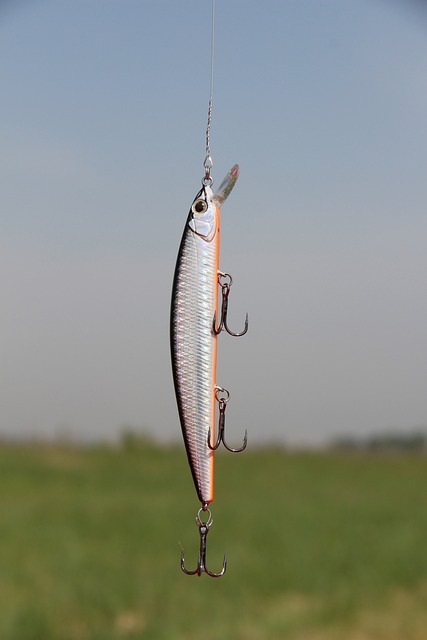Physical Address
304 North Cardinal St.
Dorchester Center, MA 02124
Physical Address
304 North Cardinal St.
Dorchester Center, MA 02124

Smallmouth bass, often called “bronze backs” or “smallies,” are renowned for their aggressive nature, acrobatic fights, and tenacious resistance, making them one of the most sought-after game fish in North America. Found primarily in clear, cool rivers, lakes, and reservoirs, smallmouth bass are known for their powerful runs, making them a thrilling catch for anglers of all skill levels. To successfully target these fish, it’s essential to understand their behavior, preferred habitats, and the best techniques and gear for catching them.

Smallmouth bass are highly active predators with a varied diet, feeding on crayfish, minnows, insects, and other small aquatic creatures. They are typically more aggressive and willing to chase down prey than their largemouth counterparts. Smallies are most active during the early morning and late evening, though they can be caught throughout the day, especially in overcast conditions or when the water is slightly choppy.
These bass are often found in clear, rocky waters with moderate to fast currents. They prefer areas with submerged rocks, ledges, and other structures that provide cover and ambush points. During the warmer months, smallmouth bass can be found in shallower waters, often near drop-offs, points, and the mouths of rivers or streams. As the water cools in the fall, they tend to move deeper, following schools of baitfish.

When targeting smallmouth bass, light to medium tackle is usually preferred. A 6.5- to 7-foot spinning rod with a fast action is ideal, paired with a spinning reel spooled with 6- to 10-pound test line. The light line allows for longer casts and a more subtle presentation, which is crucial in clear water. Braided line with a fluorocarbon leader is also popular for its sensitivity and strength.
Lure selection is critical when fishing for smallmouth bass. Top choices include:
One of the most effective techniques for smallmouth bass fishing is the “drift and drag” method. This involves casting upstream or across a current and allowing your bait or lure to drift naturally with the flow, then slowly retrieving it, keeping contact with the bottom. Smallies often strike as the bait bounces off rocks or other structures.
Another popular method is drop-shotting, which involves suspending a soft plastic bait above the bottom with a weight below. This technique is particularly effective in deeper water or when the fish are holding close to the bottom.
Smallmouth bass are known for their hard-fighting nature and require a combination of skill, patience, and the right equipment to catch consistently. By understanding their behavior, selecting the appropriate gear, and mastering proven techniques, you can increase your chances of landing one of these fierce fighters. Whether you’re fishing a rocky river or a clear lake, the thrill of hooking into a smallmouth bass is an experience every angler should enjoy.